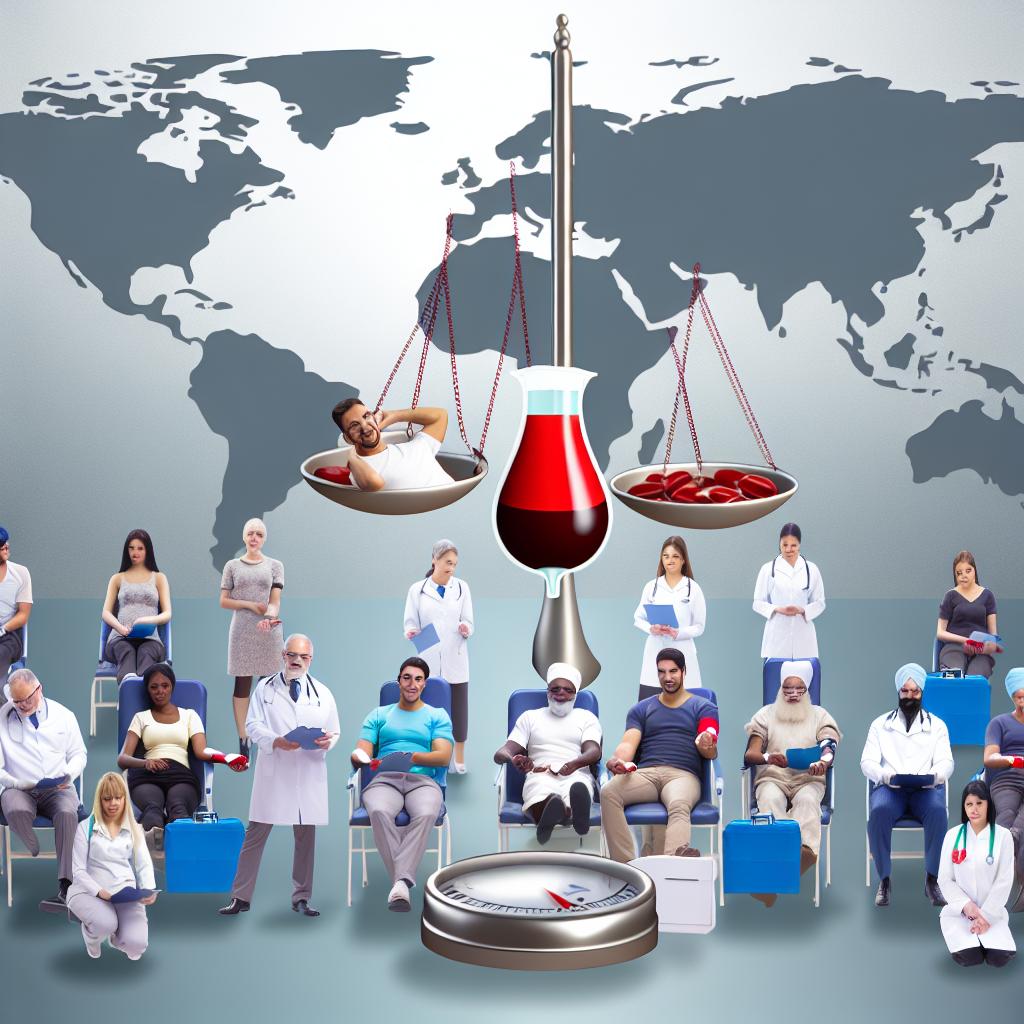The Importance of Blood Donation in Public Health
Blood donation is instrumental in sustaining the health and well-being of populations worldwide. It is a key process that ensures a stable supply of blood and its components to meet the needs of individuals requiring transfusions due to a variety of medical situations such as surgeries, trauma incidents, cancer treatments, or chronic health conditions.
How Blood Donation Works
The process of blood donation involves the meticulous collection of blood from a willing donor, subsequent processing, and strategic storage for future medical use. Typically, the donated blood undergoes separation into its distinct components: red blood cells, plasma, and platelets. The differentiation of these components adds significant value to the donation process, allowing each component to serve a specific medical purpose and addressing various healthcare needs effectively.
Eligibility and Process
For individuals interested in becoming blood donors, specific eligibility criteria must be met to ensure they are suitable for donation. These criteria generally encompass factors such as the donor’s age, body weight, overall health status, and the absence of particular medical conditions. The complete process of blood donation entails several key steps:
– Registration and Health History: Prospective donors provide their personal information and undergo an initial health screening. This screening checks their suitability to donate, ensuring they do not possess any contraindications or health issues that might pose risks to themselves or recipients.
– Donation Procedure: The phase where actual blood collection occurs often lasts about 10 minutes. However, including preparatory and recovery activities, the full procedure typically occupies an hour of the donor’s time.
– Post-Donation Care: After donating, individuals are encouraged to rest briefly and consume light snacks or fluids. This helps in replenishing their energy levels and ensuring their well-being post-donation.
Benefits of Blood Donation
Blood donation provides a wide array of benefits that extend not only to the recipients of the donated blood but also to the donors themselves and the broader community:
– For Recipients: Blood transfusions are indispensable for patients undergoing surgical procedures, coping with injuries, or dealing with conditions like anemia and leukemia. An uninterrupted blood supply is vital as a deficiency could drastically affect medical outcomes and patient survival rates.
– For Donors: Engaging in regular blood donation can lead to personal health benefits for donors. For instance, by reducing iron levels in the blood, it can help in lowering the risk of hemochromatosis. This process also provides donors with a mini health check-up during each visit, offering insights into their health status.
– For Public Health: A consistent supply of blood components is crucial for emergency preparedness. It supports healthcare systems during events such as natural disasters or disease outbreaks where a sudden increase in blood demand may occur.
Challenges and Solutions
Despite the clear benefits of blood donation, systems managing blood supply face distinct challenges. These include maintaining an enduring donor base, tackling blood shortages, and ensuring that the blood supply remains secure and safe for recipients.
Maintaining Donor Engagement
Maintaining donor engagement is imperative for a stable donor base. This can be achieved through effective awareness campaigns that emphasize the importance and impact of donations. Offering donor incentives and providing educational resources can help in nurturing a sense of commitment and responsibility among donors, encouraging more frequent participation.
Ensuring Safety and Quality
The adoption of modern techniques in blood screening and processing has substantially improved the safety of blood donations. Consistent advancements in technology, coupled with stringent safety guidelines, play a critical role in minimizing risks associated with the transmission of infections through blood transfusions. This ongoing improvement ensures that the highest standards in blood donation safety and quality are maintained.
The Role of Organizations and Government
Organizations, including the Red Cross and various governmental health departments, are essential in facilitating and organizing blood drives, managing the allocation and distribution of blood supplies, and educating the public about the critical need for consistent blood donations. Government policies and support in terms of infrastructure development and funding for services related to blood collection and distribution are vital to ensuring the operational success and efficiency of blood donation and supply systems.
Global Efforts
Collaboration between countries and between international health organizations is crucial in enhancing the sustainability and efficiency of blood donation practices globally. These partnerships facilitate the sharing of best practices, research findings, and innovations, further improving blood supply chains worldwide. For those interested in exploring global initiatives and learning more about these collaborative efforts, resources such as those provided by the World Health Organization offer extensive information and insights.
In conclusion, blood donation is an essential pillar of public health infrastructure, offering significant advantages that benefit both individuals and entire communities. The continued support and active involvement of donors, healthcare providers, and policymakers are imperative to ensuring that this invaluable resource remains readily available whenever and wherever it is needed, ultimately enhancing the resilience and effectiveness of healthcare systems worldwide.
